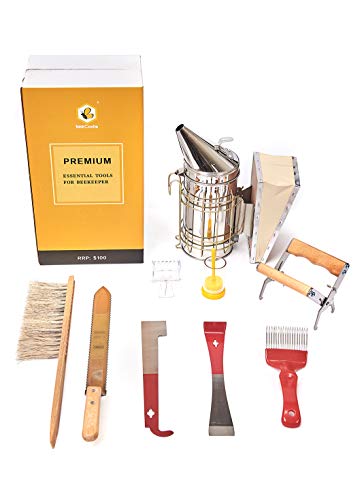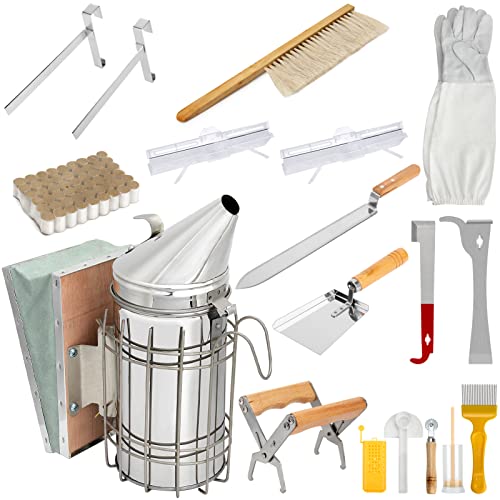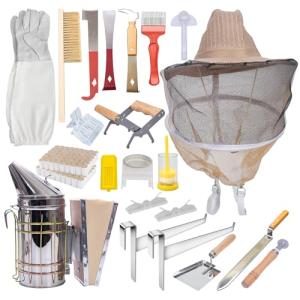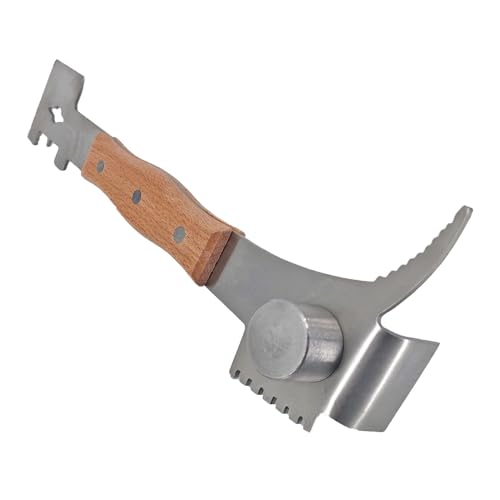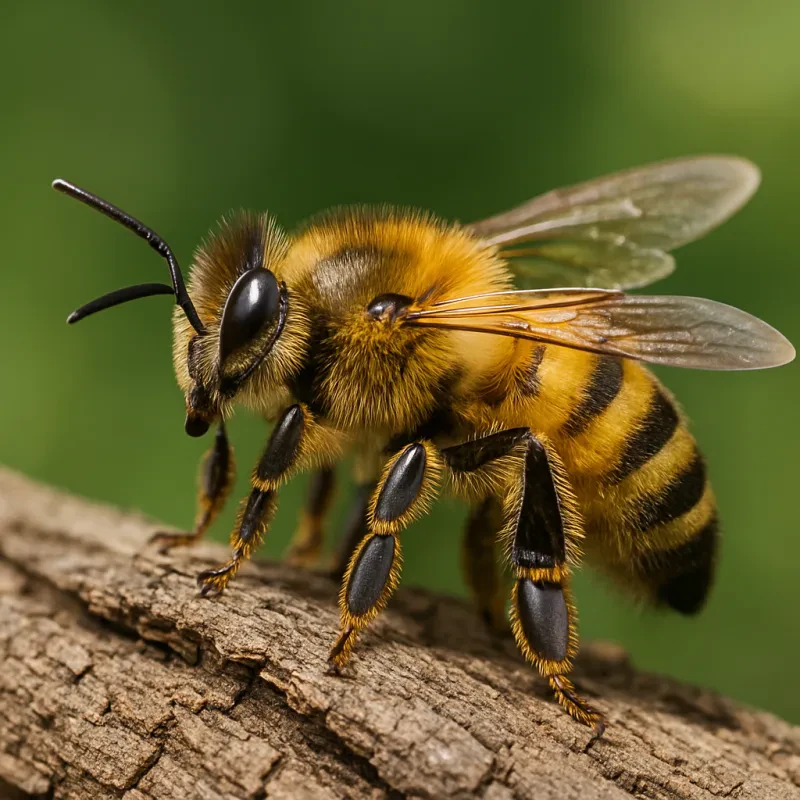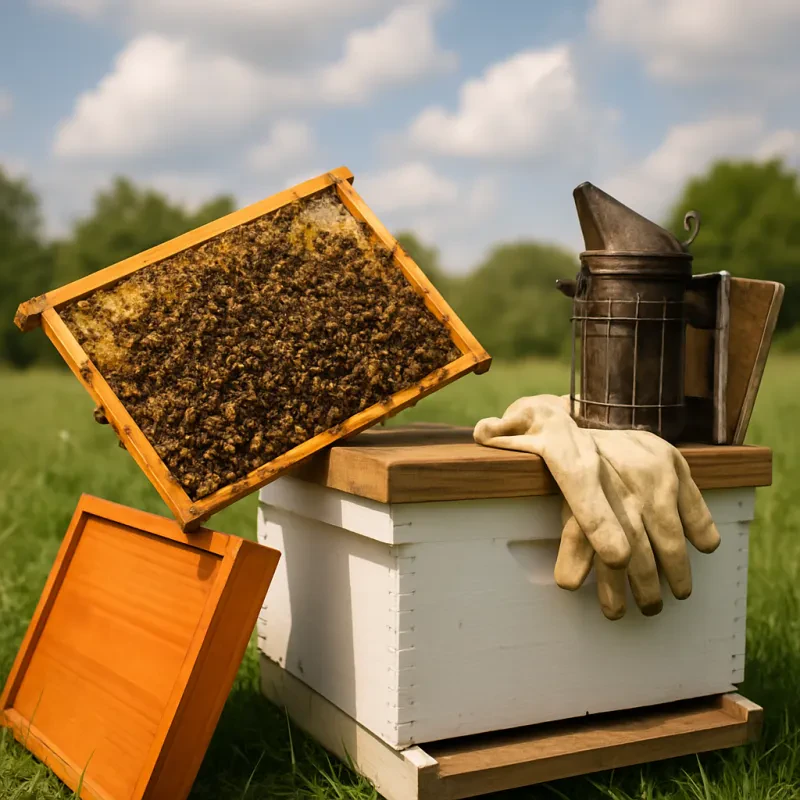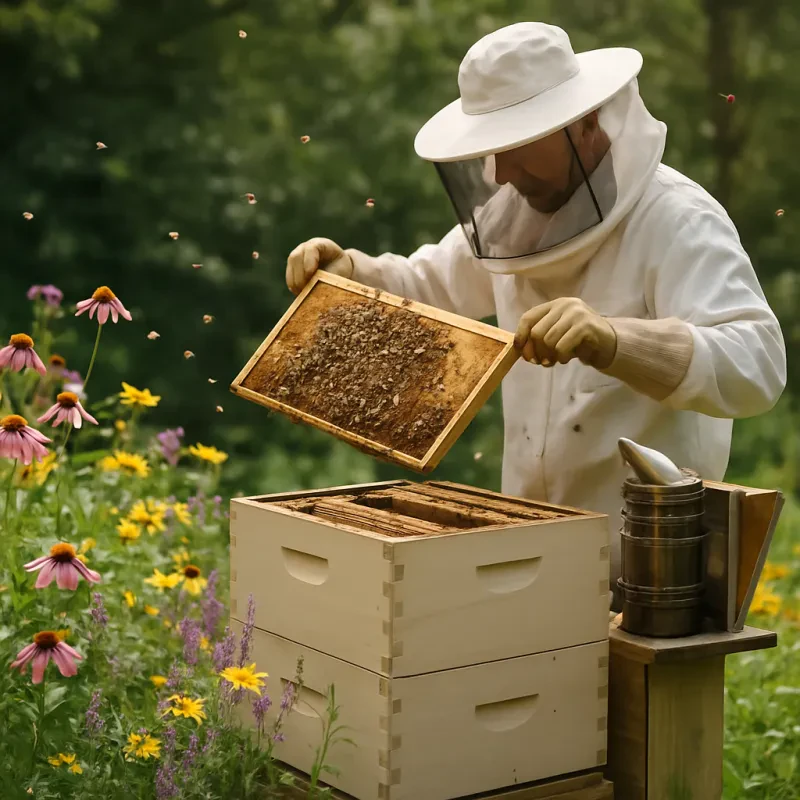When it comes to understanding how to get rid of a bee hive, it's helpful to know a bit about these fascinating little creatures and their homes. A bee hive is essentially a colony where bees live, work, and raise their young. Most commonly, honeybees build these hives in hollow trees, but they can also be found in attics, wall cavities, and even old tires.
Bee hives are made up of wax cells that the bees create to store honey and pollen, as well as to house their larvae. If you spot a hive, it's often buzzing with activity — and that can be a little daunting! It's important to remember that bees are generally not aggressive unless they feel threatened, so staying calm is essential, whether you’re observing or thinking about how to get rid of a bee hive.
If you discover a hive near your home, you might be wondering what your options are. Some people choose to leave them be, especially since bees play a crucial role in our ecosystem by pollinating plants. However, if the hive poses a risk or inconvenience, there are several methods to safely get rid of a bee hive.
One of the best approaches is to contact a local beekeeper who can safely relocate the hive. This helps protect the bees and ensures that they can continue their important work elsewhere. If you're considering a DIY method, be sure to wear protective clothing and do it during the night when bees are less active. Always remember that your safety is the priority when dealing with a bee hive.
Easy Prevention Methods
Another simple trick is to use natural deterrents. Planting certain flowers can repel bees, while also making your garden look beautiful. For instance, lavender, mint, and eucalyptus are known to help keep bees away. Additionally, essential oils like peppermint or clove can be effective when applied around the areas where you've spotted bees.
Sealing up any gaps in your home will also help. Inspect areas around windows, doors, and vents. If you find any holes or cracks, grab some caulk and seal them up. This not only helps keep bees out but also reduces the risk of other pests invading your space.
When you notice signs of bees starting to nest, taking prompt action can help prevent a larger issue. A quick spray of soapy water can disrupt their nesting process and encourage them to move on. If you’re not comfortable doing this yourself, it might be a good idea to call a local bee removal service to safely get rid of the bee hive.
Effective Removal Techniques
Removing a bee hive requires the right techniques to ensure safety and effectiveness. First, it’s essential to wear protective gear. This includes a beekeeping suit, gloves, and a veil to keep you safe from any angry bees.
Once you're geared up, assess the hive’s location. If it’s in an easy-to-reach spot, you might consider using a bee smoker to calm the bees. The smoke helps mask alarm pheromones and keeps the bees relaxed, making it easier to remove the hive. Don’t forget to do this during the evening or early morning when bees are less active.
If you need to get rid of a bee hive that’s lodged in a wall or similar area, enlisting professional help is often the best choice. They have the tools and experience to handle it safely and efficiently. If it’s manageable on your own, gently remove the hive using a hive tool to pry it away without crushing too many bees.
After successfully getting rid of the bee hive, clean the area thoroughly. This helps to eliminate any lingering scents that might attract other bees in the future. Using soapy water can help break down pheromones and keep your space bee-free.
Safety First When Removing Bees
When you’re looking to get rid of a bee hive, safety should always be your top priority. Bees can be unpredictable, and their stings can cause allergic reactions in some people. Before you even think about tackling a hive, make sure you're equipped with the right gear. A long-sleeved shirt, gloves, and a bee suit are essential to protect yourself from stings.
It’s also a good idea to have a plan in place. Scout the area to identify the hive's location and the type of bees you’re dealing with. Honey bees are often less aggressive than wasps, but it’s still wise to be cautious. If you're unsure about the type of bees you’re facing, consider reaching out to a local beekeeper or pest control professional who can offer some insights.
When you're ready to take action, it’s best to work during the evening or early morning when bees are less active. Move slowly and avoid swatting at them, as this can provoke them. It’s also smart to have an escape route planned in case things don’t go as expected. If you're allergic to bee stings, make sure you have your epinephrine auto-injector (EpiPen) with you just in case.
Don't forget to have a backup plan for what to do with the hive. If you can, try to relocate it instead of destroying it. Many local beekeepers are happy to take hives off your hands, and this is a more eco-friendly way to handle the situation. Getting rid of a bee hive doesn’t have to be a stressful task if you prioritize safety and knowledge!

